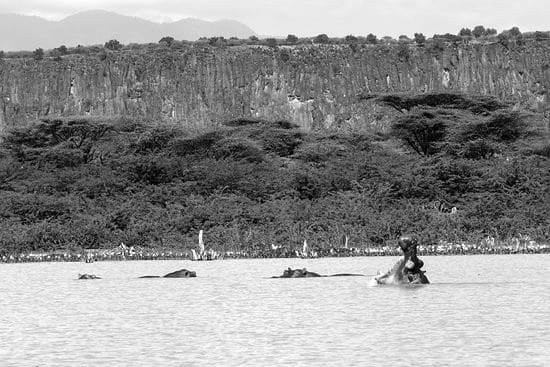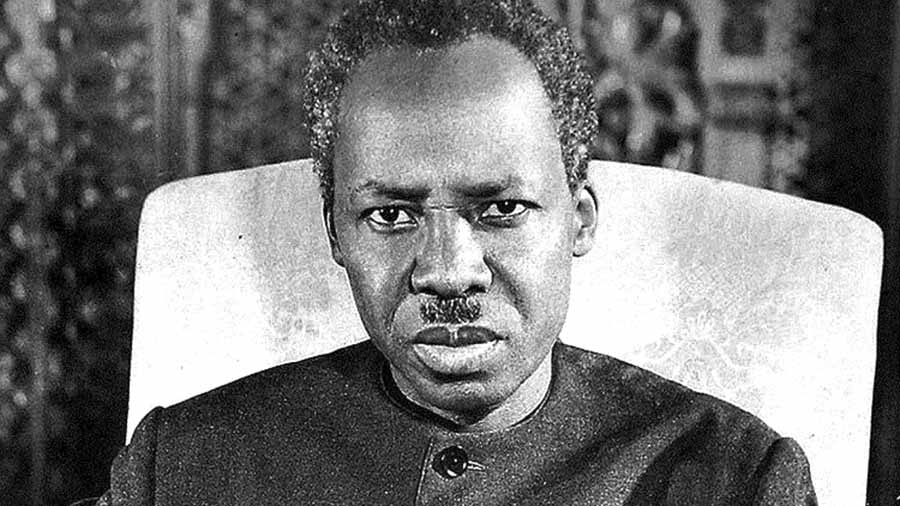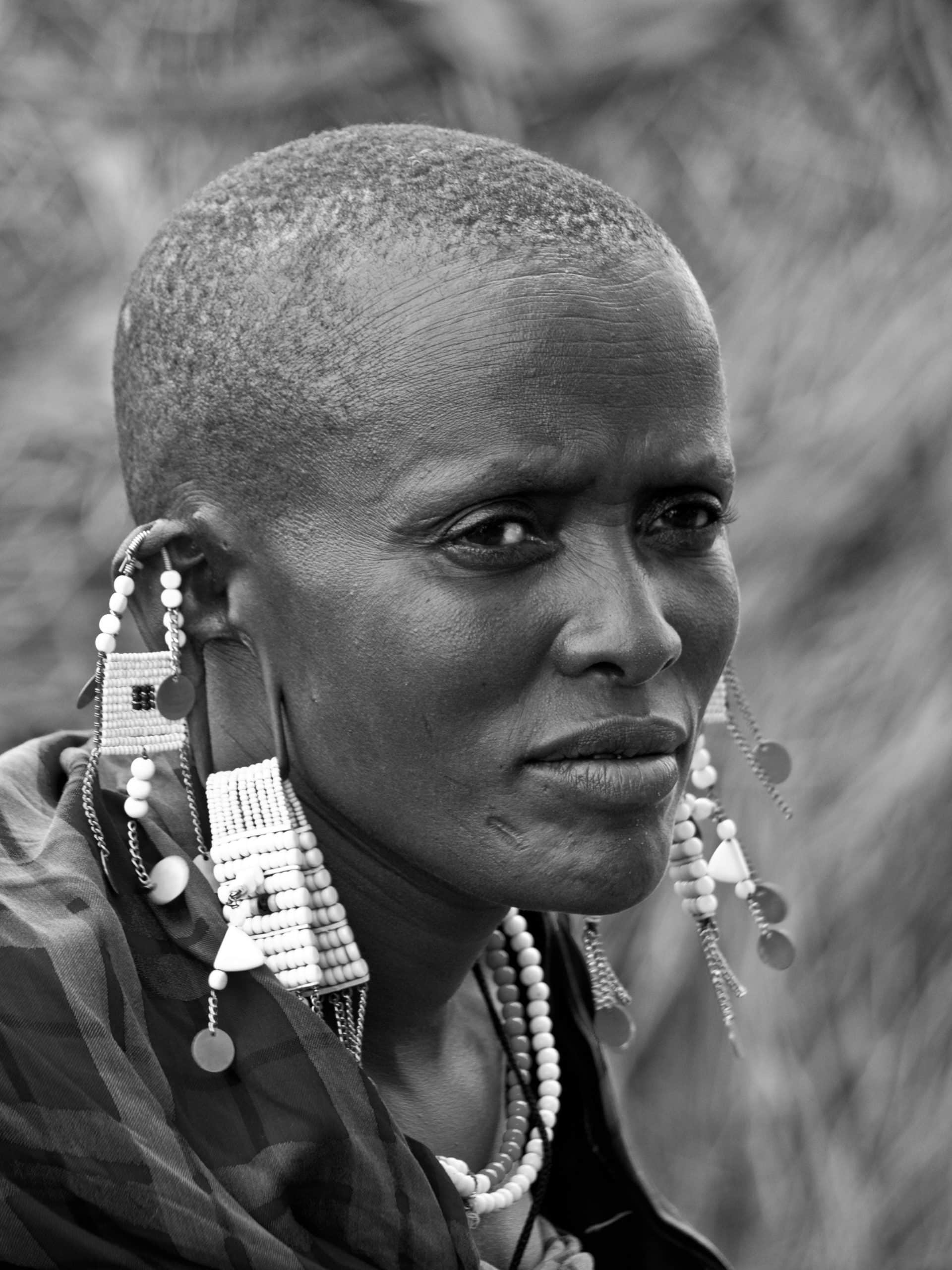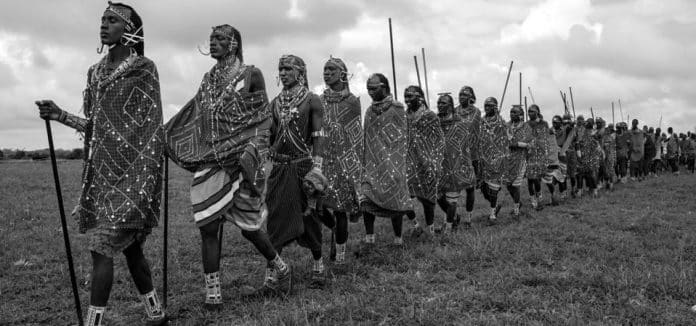Learn Maasai Language – The Basics You Need to Know
What Language Do the Maasai Tribe Speak?
Maasai language (Masai) or Kimaa is a language that belongs to the Eastern Nilotic family of language. The language is spoken by the approximately 800,000 Maasai people that live in the northern part of Tanzania and the southern area of Kenya. The language is closely associated with other Kimaa groups like Samburu (Sampur), the Samburu language of Middle Kenya, the Parakuyu of Tanzania, and

Kichamus, a language spoken down south and southeast of Baringo Lake (occasionally seen as a Samburu dialect). The Maasai, Samburu, Wail-chamus and Parakuyu have historical ties, and all consider their language to be Kimaa. In fact, “Kimaa” is a term that denotes the language and culture, while “Maasai” is a term that refers to folks that “use Kimaa to communicate verbally.”
The Maasai, from the East African region, have been shielded from the spread of Western agriculture and colonialism because they live in the desert. Their conversation and trade systems mainly revolve around exchange between themselves because they have opposed the forms of imperialism and Western expansion. Thus, the verbal dialect remains not only an important means of communication used by the Maasai but also the only means by which they can continue thriving in their native life.
Though not immediate, the disappearance of Maasai language as a means of communication is due to the close contact with other East African ethnic groups and the growth of English and Swahili as the main language. Ex-president Mwalimu Julius Nyerere advanced the use  of Kiswahili as a state language for uniting various ethnic nationalities in the country. He also advanced the use of English so that Tanzanians can compete globally. Although Maa, commonly called Kimaa, has survived in spite of the many English and Kiswahili education systems and financial programs, the socio-economic situation facing the Maasai people of East Africa sets them and their language apart as a small group with poor representation.
of Kiswahili as a state language for uniting various ethnic nationalities in the country. He also advanced the use of English so that Tanzanians can compete globally. Although Maa, commonly called Kimaa, has survived in spite of the many English and Kiswahili education systems and financial programs, the socio-economic situation facing the Maasai people of East Africa sets them and their language apart as a small group with poor representation.
The culture of the Maasai people is rooted in their spoken language. In particular, the economic system relied upon by the Maasai people depends on the continuous existence of Maa language irrespective of its limited form. In the face of language endangerment, the Maasai will continue to be threatened, and the purity of the culture will also be in peril. The minority place the Maasai language finds itself has already put native Maasai practices in peril. A few Maasai groups continue to live the nomadic lifestyle in the area, deciding to live in close-knit settlements in order to keep the Maa language and various parts of their way of life intact.
Phonology in the Language of Maasai Tribe
When you are thinking of how to learn Maasai language, you have to start with the phonology. There are 30 sounds in the Maasai type of ol Maa that is spoken in Tanzania and the southern part of Kenya. The sounds can be written using the following letters a, b, d, e, ɛ, ɨ, j, k, l, m, n, ny, ch (a type of SH), g, h, i,ŋ, o, ɔ, y, yi (or YY), p, r, rr, s, sh (in the form of CH), t, u, ʉ, w, wu (also ww ), as well as the throat stop‘(or ʔ). Tonality is of utmost importance to pass the right meaning.
Consonant
The table below contains consonant phonemes that are represented by International Phonetic Alphabet symbols. If the IPA system differs from commonly used symbols in real text, the latter ones are written in chevrons.
The voiced plosive contoids like IlKeekonyokie Maa are not implosive for some speakers. However, for some, they are less implosive or have a throaty feature like the Parakuyo Maa. For the Maasai of Arusha, /p/ is pronounced as an unvoiced strident sound [ɸ], but in other situations, it is realized as a voiced trill [ʙ]. Also, in terms of Kimaa origin, [ʃ] and [tʃ] are mutually exclusive, with the latter usually found after the consonant and the former elsewhere.
Vowels
The Maasai language, like other Maa languages, have a high vowel of harmony. Nine different vowels exist in the language; the vowel /a/ has a “neutral” harmony.
Maasai Tribe Language Syntax
The Maasai language follows a verb, subject, object word order. However, this order may be different due to the fact that tone is the most decisive pointer of the subject and object in a sentence. Theme is the factor that actually decides the order in a passage because the order in simple passages can be figured out according to the structure of the statement: [Verb – Most Thematic. – Least. Thematic]. Thus, if an object has a high thematic level in a conversation (e.g., a 1st-person pronominal), while the subject is not as thematic, the object is placed next to the verb prior to the subject.
There are only two grammatical prepositions in the Maasai language. However, you can use “relator nouns” as well as a general preposition to indicate particular locative concepts. Nominal groups in the language of Maasai people begin with an indicative prefixum or a prefixum of number and gender, followed by a quantifying nominal item or other nominal headwords. The nominal headword is followed by other modifiers as well as Maasai language phrases that show possession.
In Maasai language, most morphemes are sound systems. Tone pattern affects the subject, sound and mood of the Maasai language words, as in the sample beneath:
Base ɛ́yetá ɛmutí
Morpheme ɛ̀-ɛ́t-á ɛn-muti(LH)
Explanation: 3P-remove.one.by.one-PF.SG DEF.FEM.SG-pot(ACC)
Interpretation: “She took away (meat) from the cauldron.”
Base ɛyeta ɛmuti
Morpheme ɛ̀-et-a ɛn-muti(HL)
Explanation: 3P-remove.one.by.one-IMPF.MID DEF.FEM.SG-cauldron(NOM)
Interpretation: “The pot is un-meated.”

There are three types of gender nouns in Maasai language – female, male, and place. First language speakers of Maasai usually attach the gender prefix to the nominal item. The meaning of the nominal item then contextually refers to its gender. Nominal items state gender as follows:
The question, “who has arrived?” will be asked if the stranger’s gender is known. The gender prefix will come before the noun. If the stranger’s gender is not known, “who is that one who arrived?” it will be a real question [Maasai language translation to English].
Adjectives in the Kimaa language are used to describe only nouns and change the sentence structure according to the noun in which it is expressed.
Pronouns assign gender in the Kimaa language (female, place, male); if the gender is not known, the noun’s meaning contextually refers to a gender. A woman’s context, for example, may include domestic work, while the male gender may be implied if the act referred to does not happen inside the house. Place is used as an individual pronominal in Maasai due to the fact that we may use place to distinguish between man or woman (an act that occurs indoors must always be a woman).
Tone is used to show the order of agreement between the verb and the subject. In the Maasai language, the present tense includes practical actions like “I cook breakfast” or “I wake up.” Actions that occurred in the past are indicated with the past tense. The past tense does not refer to place or time.
For more articles related to Tanzania languages click here!

































